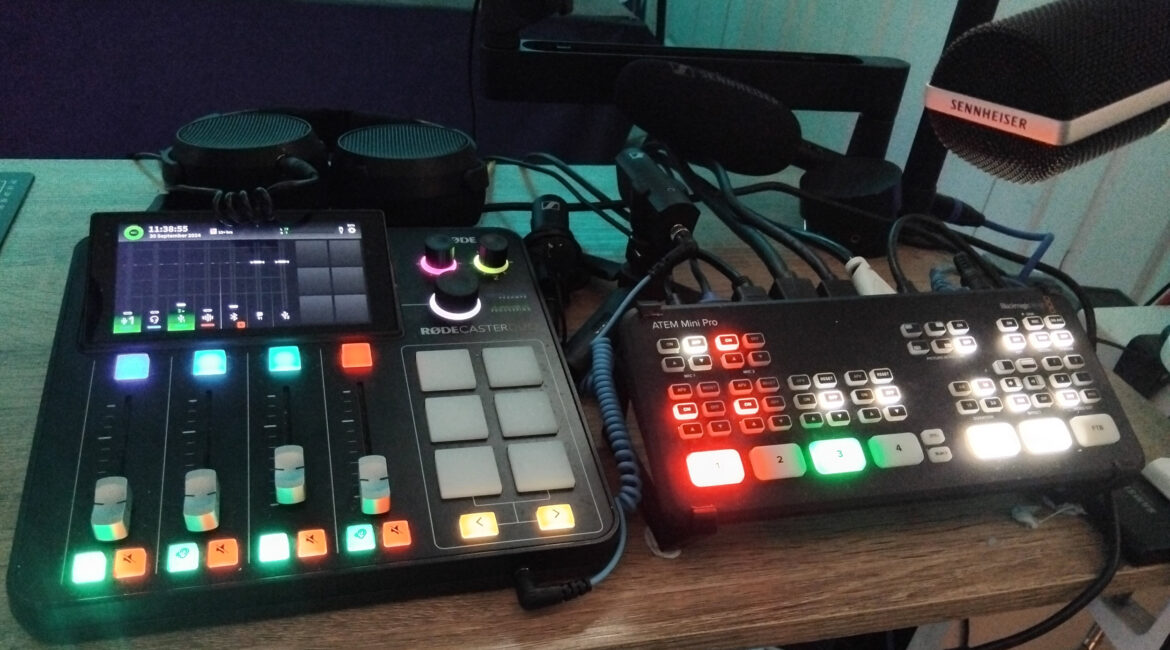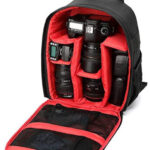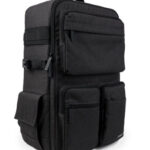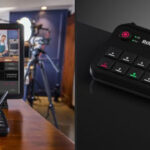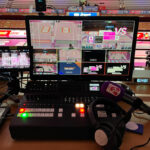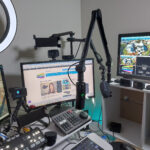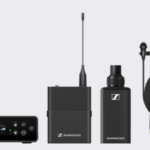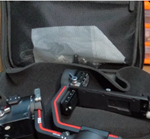I am a firm believer that when creating video or audio, you make it the very best it can be – mediocrity breeds mediocrity in my book.
And whilst you or I may not have the talents or skills of Stanley Kubrick in film making or Alan Parsons with audio, the tools are available with both hardware and software to do far better than that mediocrity I mentioned, as long as we learn those tools and become familiar with their features and functions.
I have spent many long hours working out what the best setup for my own situation, especially since I started making tutorial videos on a regular basis.
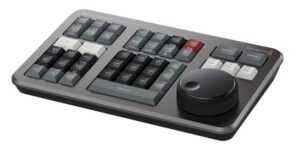
On the video editing side, this became a no-brainer once I had my hands on a copy of DaVinci Resolve allied with the DaVinci Speed Editor console, and I have been using a Blackmagic Design ATEM Mini Pro for a number of years now to capture video from multiple camera sources and allow live switching and graphics placement like titles, lower 3rds etc.
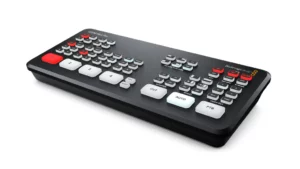 When recording, everything then is stored on a Samsung T5 SSD plugged into the Blackmagic Design ATEM Mini Pro for subsequent transferring to DaVinci Resolve.
When recording, everything then is stored on a Samsung T5 SSD plugged into the Blackmagic Design ATEM Mini Pro for subsequent transferring to DaVinci Resolve.
But audio was always problematic. I have a variety of mics at my disposal, and generally use either a Sennheiser MK 4, or more likely a Sennheiser XSW-D digital wireless system. Either of these can plug directly into one of the two Blackmagic Design ATEM Mini Pro audio ports, but it does mean if I want to do anything fancy, I need to do that in post.
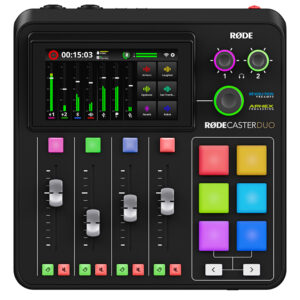
Some time back, I received a RØDECaster Duo for review. This console has 2 XLR inputs with faders and additionally allows virtual inputs as well as Bluetooth and USB-C. It will connect to a PC via USB-C bi-directionally too, letting you mix in audio from that source, plus on-board processing and stored audio via a series of trigger pads. Oh, and if you want, MIDI as well.
So, all in all a very clever little beast indeed.
The problem was, I couldn’t find an easy way to blend the RØDECaster Duo into my existing system. One problem I hope RØDE addresses, is for me at least, documentation is a little sparse in my opinion. There is a sort of one line manual that goes through features and functionality in some depth, but really, the 3rd party YouTube videos are much better in a lot of aspects.
Maybe it is just me, but as regular readers know, IO do love – and encourage – a good meaty manual and to date, I have yet to find one for the RØDECaster Duo.
Anyway, over the last weekend, I bit the bullet and sat down to do some serious playing and experimenting, and I do believe I have hit the sweet spot as they say – more by accident than design I hasten to add.
 My problem was always finding a way to get the audio from the RØDECaster Duo into the Blackmagic Design ATEM Mini Pro. Ideally I wanted to be able to choose between the Sennheiser XSW-D or the Sennheiser MK4 at will, and also have access to audio “stings” etc via the trigger pads, plus mix in audio from the PC as needed and then feed this mixed signal into the Blackmagic Design ATEM Mini Pro.
My problem was always finding a way to get the audio from the RØDECaster Duo into the Blackmagic Design ATEM Mini Pro. Ideally I wanted to be able to choose between the Sennheiser XSW-D or the Sennheiser MK4 at will, and also have access to audio “stings” etc via the trigger pads, plus mix in audio from the PC as needed and then feed this mixed signal into the Blackmagic Design ATEM Mini Pro.
Audio from the RØDECaster Duo can be monitored either via studio monitors plugged into the output of the DUO or via headphones. My first idea was to split the audio going to the monitors and feed one of the splits into an Blackmagic Design ATEM Mini Pro audio.
Whilst this worked, for some inexplicable reason I ended up with a low-level buzz in the audio. I tried everything to get rid of it including new cables, isolating power, changing mics – you name it, but it simply would not go away! I could run the audio in post through Audacity and remove it that way, but this sort of defeated the purpose of what I was trying to achieve.
The next idea was to change tack, and run the audio from the 2nd headphone port of the RØDECaster Duo. And voila! That works with no buzz. Except from the XSW-D radio mics (which needed a 3.5mm to XLR converter to plug into audio port 1 of the RØDECaster Duo. This was I suspect, causing this issue and was separate from the earlier noise on the line).
The final solution turned out to be part of what I consider a slightly undocumented feature of the RØDECaster Duo.
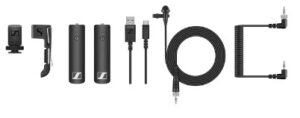
On the front of the unit is a 3.5mm socket generally described as being available for headphones that also sport a mic, otherwise known as a TTRS port. I wondered, could I plug the XSW-D mic receiver straight into that, and assign this to slider 2.
And I could and it did! All I needed to do then was assign the relevant trigger pads to the second mic (the XSW-D) and everything was set to go, bar any processing tweaking I might want to do to the signal.
But that little task was for another day. My next job is to assign custom audio to the pads – with paging you have 24 to play with of which out-of-the-box, 8 are free, but of course you can override any of the used ones.
I am also sure there are other little gems I will find with the RØDECaster Duo – and probably the Blackmagic Design ATEM Mini Pro – as I progress, such is the nature of these beasts. It is quite fun finding out to, eminently satisfying when something works exactly as you want it!
PS: One thing I forgot to mention; on the ATEM software, set the mic port to Line In.
List of Equipment
- Blackmagic Design ATEM Mini Pro $495
- RØDECaster Duo $699 (approx)
- Sennheiser MK 4 $599 (approx)
- Sennheiser XSW-D $419 (approx)
- DaVinci Speed Editor (includes full copy of DaVinci Resolve) $655

